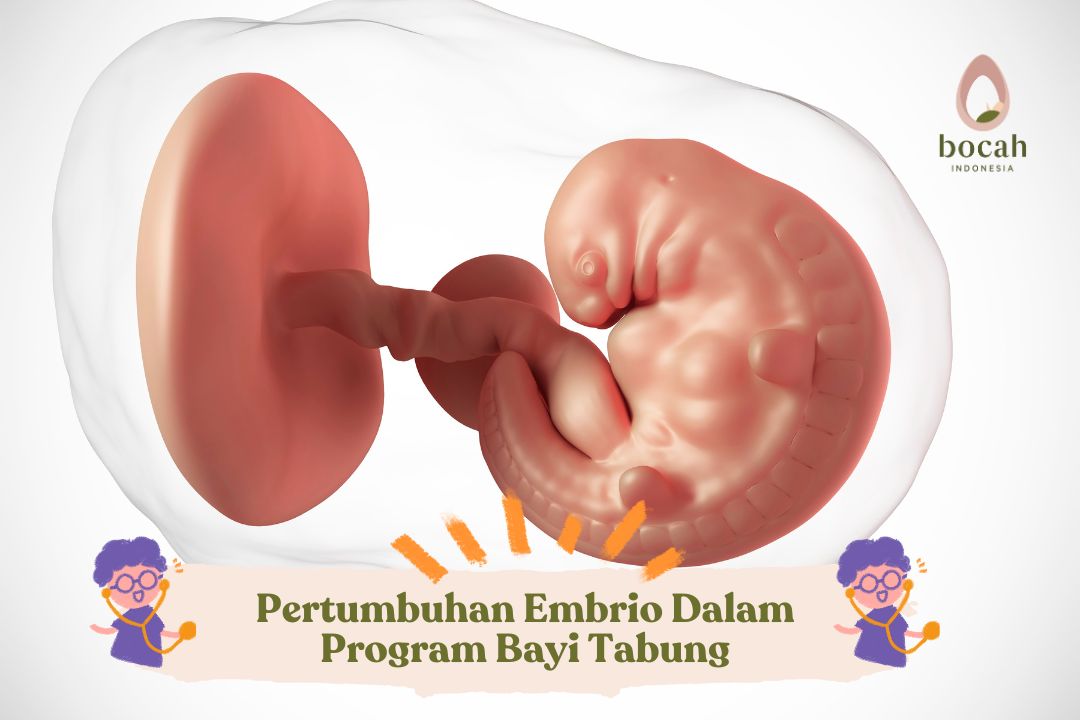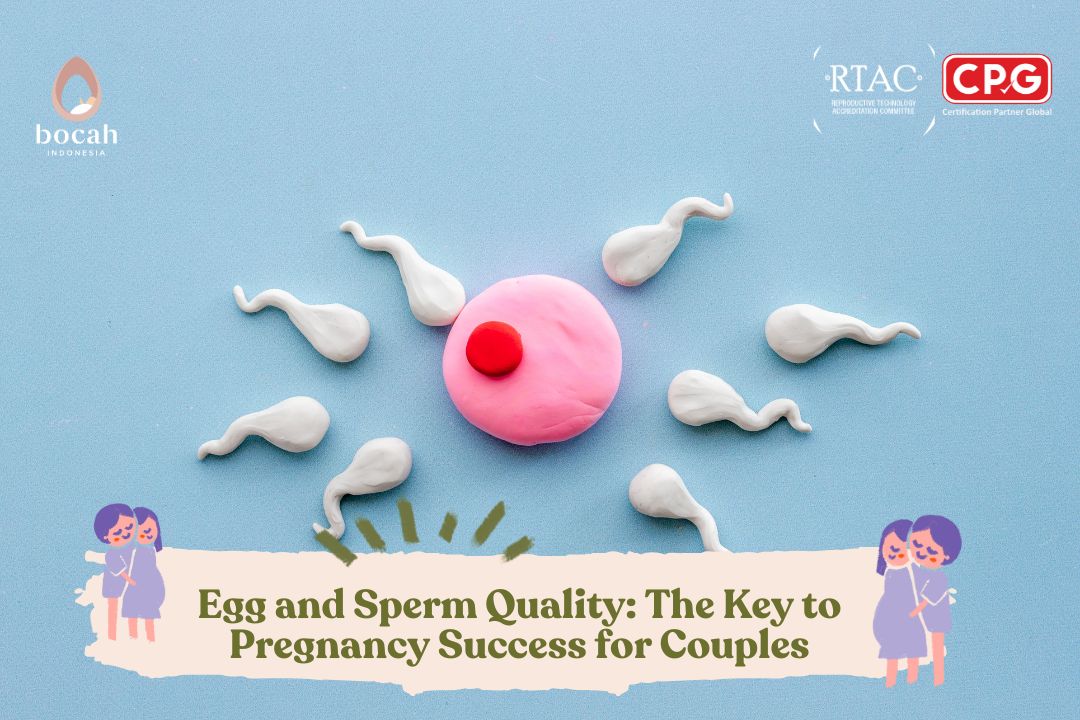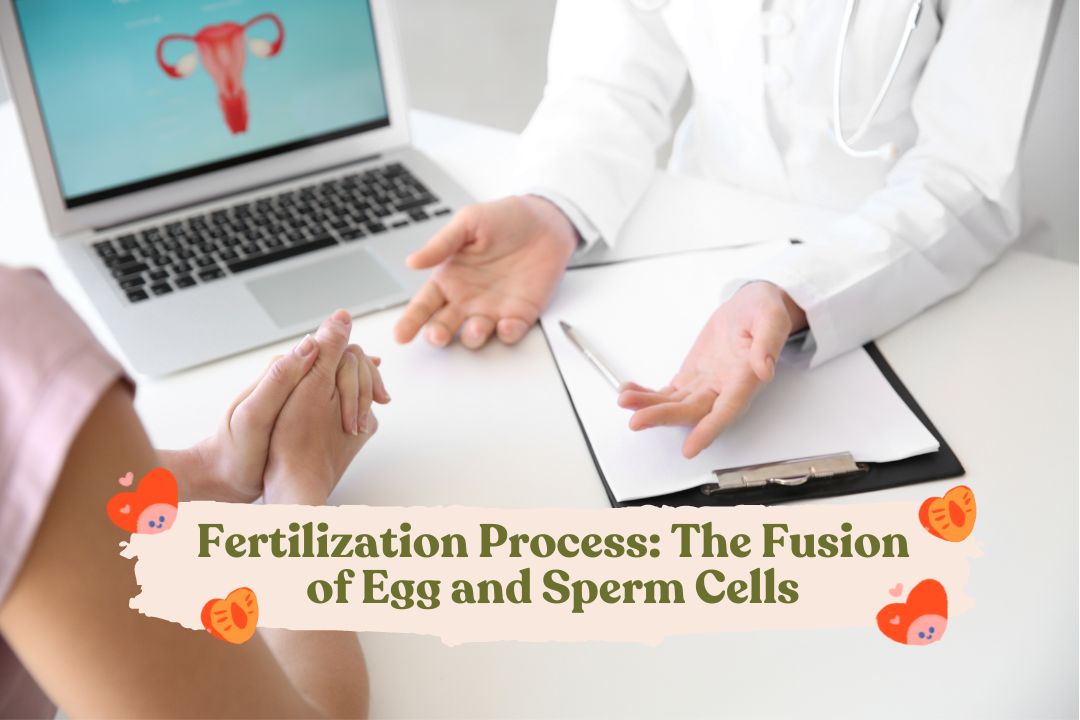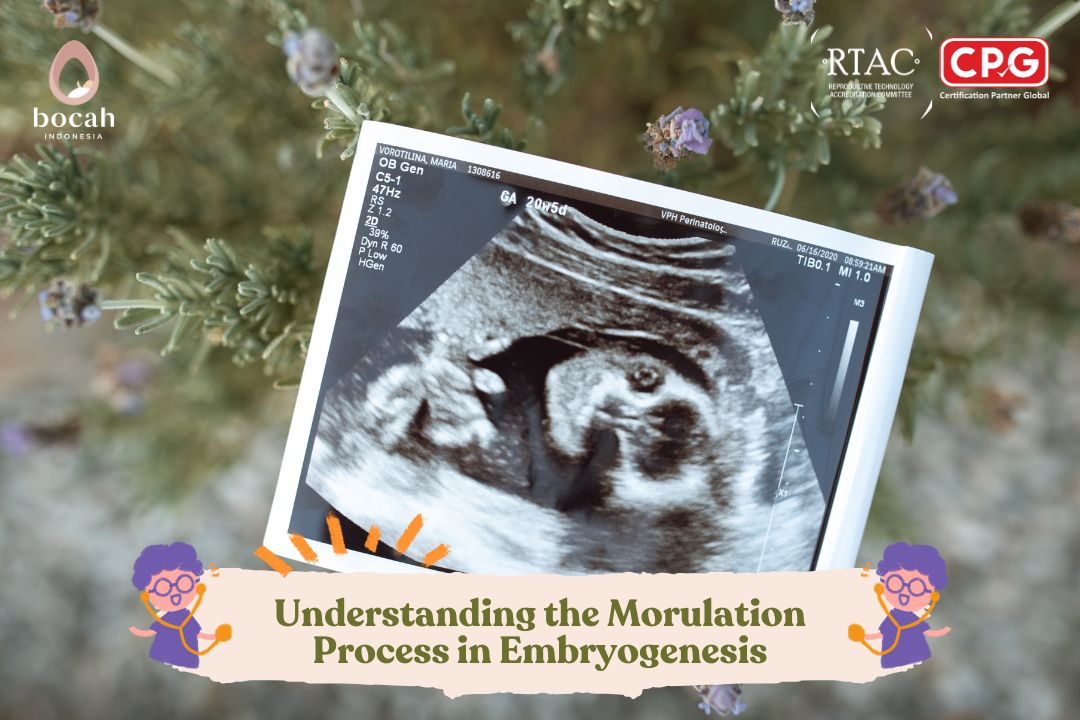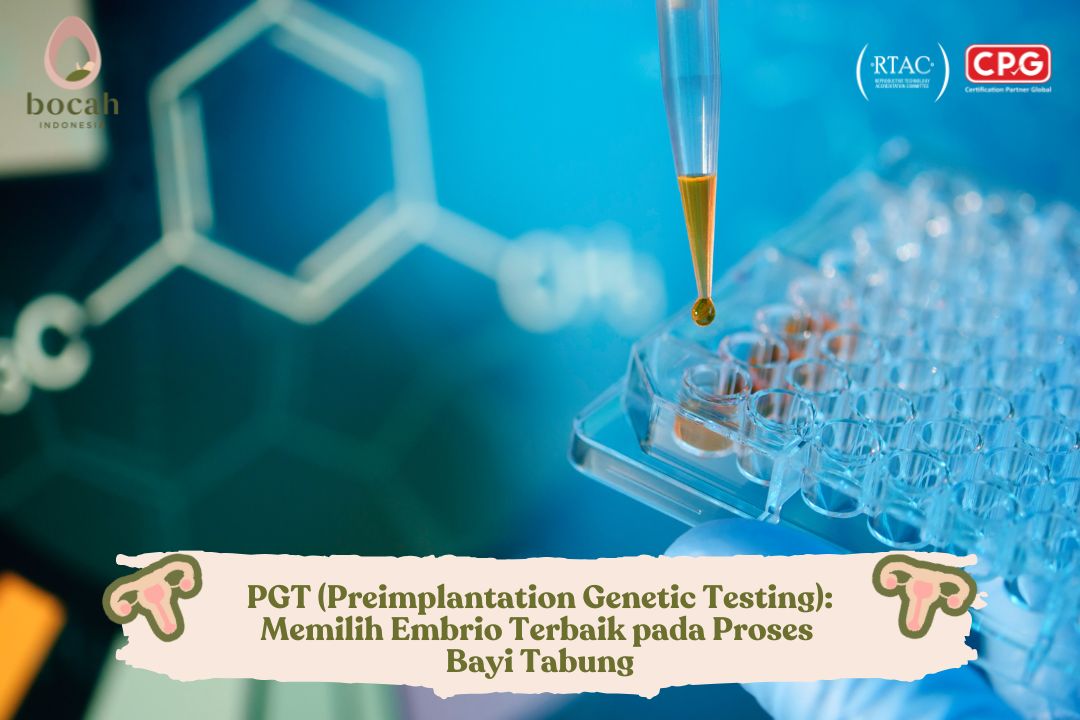Gastrulation: A Key Process in Early Embryonic Development
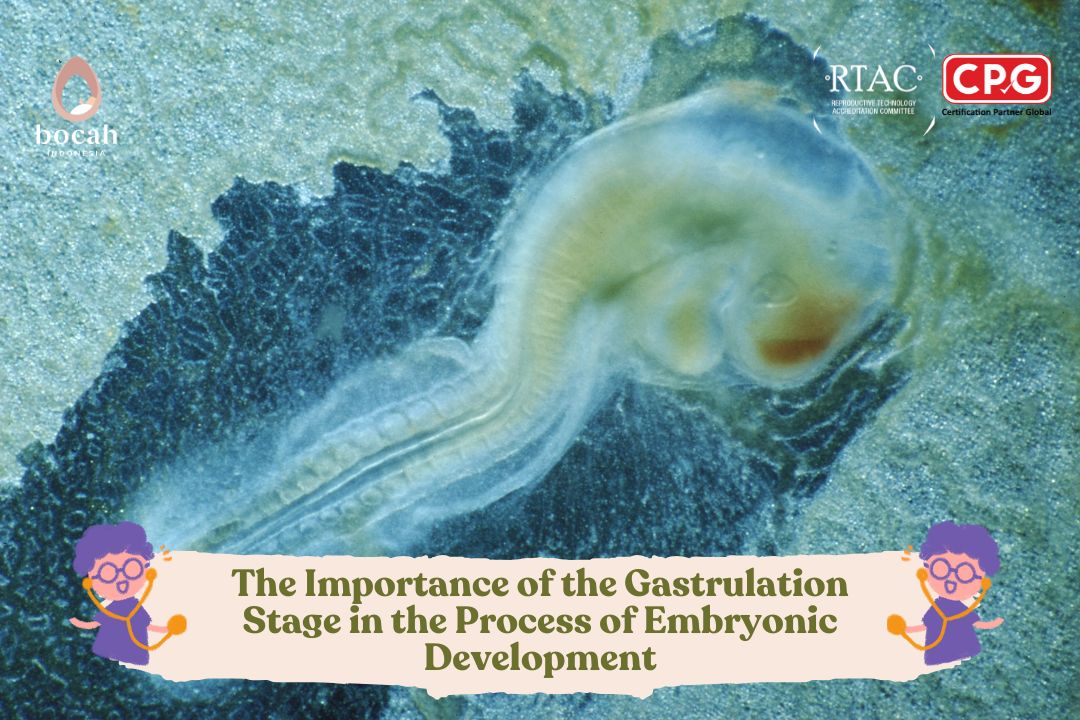
Gastrulation is a critical process in early pregnancy. Any disruption during this stage can lead to miscarriage or result in congenital abnormalities.
Gastrulation occurs during the third week of gestation and marks a pivotal point in human embryonic development. This process transforms the embryo into a structure composed of three germ layers, which will later differentiate into various organs and tissues through a process known as organogenesis. Gastrulation takes place immediately after segmentation and implantation, when the embryo has divided into multiple cells (blastocyst stage) and successfully implanted into the uterine wall.
Early Cell Division
Embryonic development begins with fertilization, the union of the egg and sperm. Approximately 30 hours post-fertilization, the zygote divides into two equal cells called blastomeres. After three additional divisions, the embryo consists of 16 cells, forming a morula.
During the first week, morula cells organize into a cavity called the blastocoel, forming a blastocyst, which comprises two distinct cell types:
-
Outer cell mass (trophoblast): The outer layer that interacts with the uterine wall, facilitating implantation and placenta formation.
Tanya Mincah tentang Promil?
-
Inner cell mass (embryoblast): The group of cells that will develop into the embryo and eventually the fetus.
Implantation
By the second week, the trophoblast and embryoblast continue differentiating into more specialized cell types. The trophoblast develops into syncytiotrophoblast and cytotrophoblast. The syncytiotrophoblast plays a critical role in anchoring the blastocyst to the uterine lining.
As implantation progresses, maternal blood vessels (maternal sinusoids) invade spaces within the syncytiotrophoblast, forming trophoblastic lacunae. This establishes uteroplacental circulation, enabling further embryonic development.
Following implantation, between weeks 4 and 5, the blastocyst undergoes rapid structural changes. The embryoblast flattens and divides into two layers—epiblast and hypoblast—forming the bilaminar embryonic disc. The amniotic cavity develops within the epiblast layer.
This embryonic disc is the origin of all future tissues and organs, while trophoblast cells continue to differentiate into structures forming the placenta.
Gastrulation
During the third week of development, the epiblast and hypoblast undergo a highly specialized transformation called gastrulation. This process converts the two-layered embryonic disc into three germ layers and establishes the body axis seen in the adult form.
These three germ layers differentiate into various tissues during organogenesis:
1. Ectoderm
The outermost layer, derived from the epiblast, gives rise to:
-
Neural ectoderm: Develops into the nervous system, including the brain and spinal cord.
-
Surface ectoderm: Forms superficial structures such as the epidermis, hair, nails, mammary glands, adipose tissue, tooth enamel, and parts of the eye (cornea and lens).
2. Mesoderm
The middle layer, though formed last from the epiblast, contributes to most fetal tissues:
-
Notochord: A rod-like structure along the embryonic axis, essential for neural tube development.
-
Paraxial mesoderm: Forms muscles, cartilage, and the dermis.
-
Intermediate mesoderm (nephrotome): Develops into the kidneys, urinary tract, and reproductive organs.
-
Lateral plate mesoderm: Forms the cardiovascular system and serous membranes lining body cavities.
3. Endoderm
The innermost layer, divided into:
-
Embryonic endoderm: Gives rise to the gastrointestinal and respiratory systems.
-
Extraembryonic endoderm: Forms the yolk sac, which provides nutrients and oxygen during early pregnancy before the placenta is fully developed.
These two parts connect through an opening that will later become the umbilical cord.
What Happens If Gastrulation Is Disrupted?
Gastrulation is essential for normal embryonic development. Any abnormalities during this phase can have severe consequences, such as:
-
Congenital anomalies: Including severe heart defects, spina bifida, and conjoined twins.
-
Adult-onset diseases: Certain cancers and immune disorders can trace back to defective gastrulation.
-
Miscarriage: Around 30% of miscarriages occur between weeks 2 and 6 of pregnancy, coinciding with gastrulation. Most defects at this stage render embryos non-viable, although embryonic stem cells may occasionally self-correct.
-
Teratoma formation: A malignant germ cell tumor resulting from abnormal persistence of the primitive streak. Teratomas may be detectable via prenatal ultrasound.
Causes of Gastrulation Defects
-
Genetic mutations: Alterations in genes such as Pofut2, Adamts9, or Rnf1 (Ring1b) can lead to gastrulation failure.
-
Environmental exposures: Physical or chemical agents during weeks 3–5 can cause craniofacial and neural defects.
Conclusion
Gastrulation, occurring between weeks 3 and 5 of pregnancy, is a pivotal stage in embryogenesis. It establishes the three germ layers that form the foundation of all fetal organs and tissues. Any disruption during this period can lead to miscarriage or severe congenital abnormalities.
For this reason, women planning pregnancy should adopt a healthy lifestyle early, including:
-
Maintaining balanced nutrition
-
Avoiding smoking, alcohol, and toxic chemicals
-
Managing stress and getting adequate sleep
-
Engaging in regular physical activity
Source:
- https://teachmeanatomy.info/the-basics/embryology/gastrulation/
- Ferrer‐Vaquer A, Hadjantonakis AK. Birth defects associated with perturbations in preimplantation, gastrulation, and axis extension: from conjoined twinning to caudal dysgenesis. Wiley Interdisciplinary Reviews: Developmental Biology. 2013 Jul;2(4):427-42.
- Muhr J, Arbor TC, Ackerman KM. Embryology, Gastrulation. [Updated 2023 Apr 23]. In: StatPearls [Internet]. Treasure Island (FL): StatPearls Publishing; 2024 Jan-. Available from: https://www.ncbi.nlm.nih.gov/books/NBK554394/


